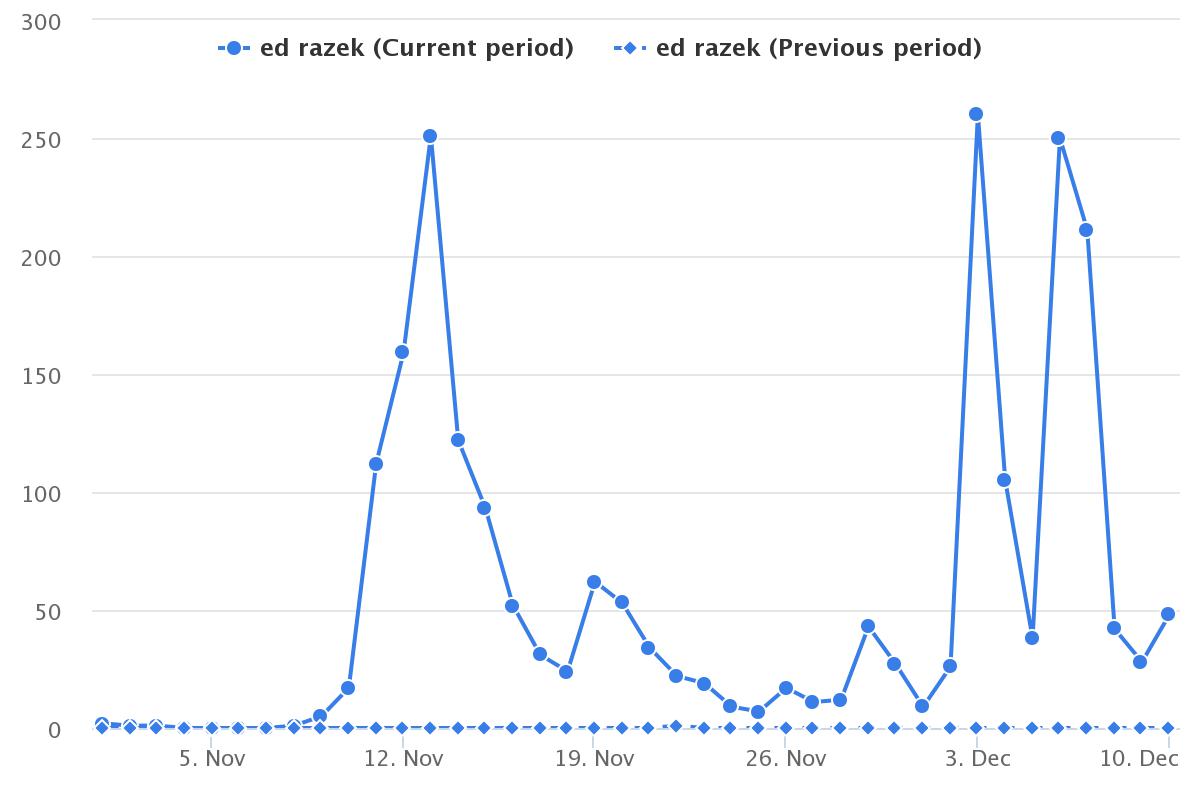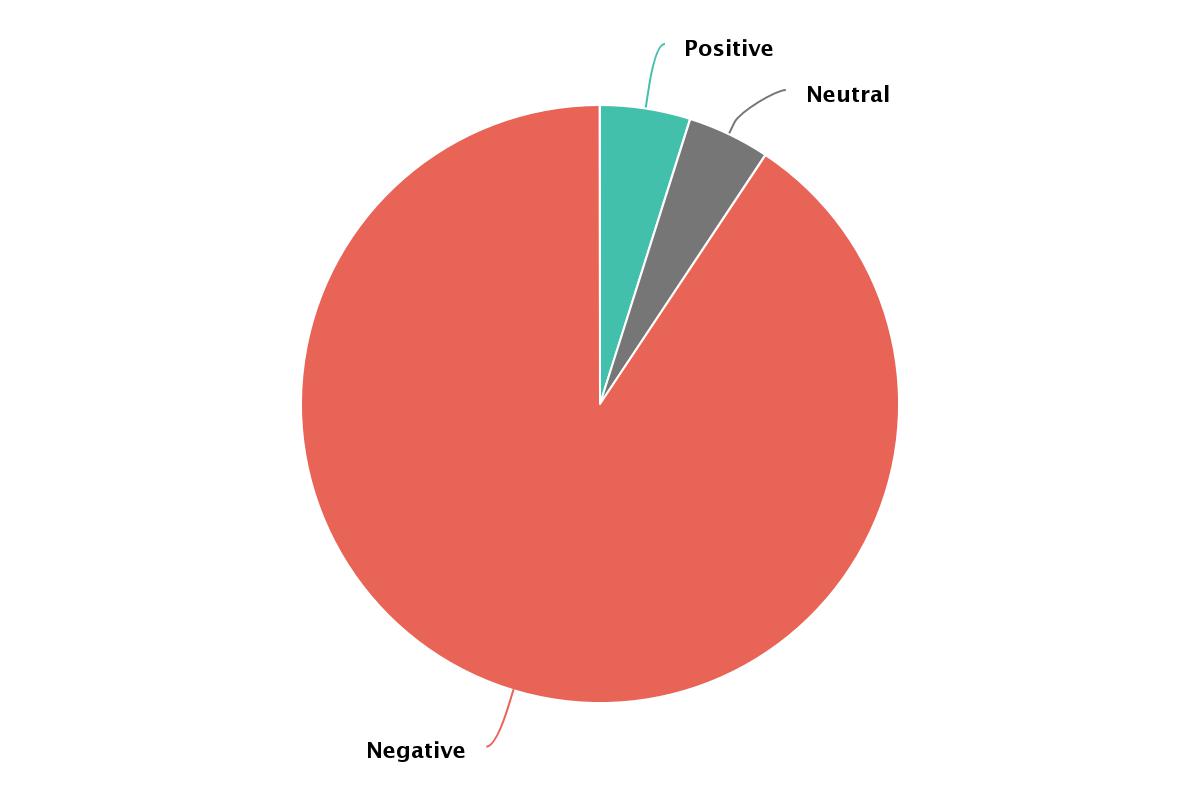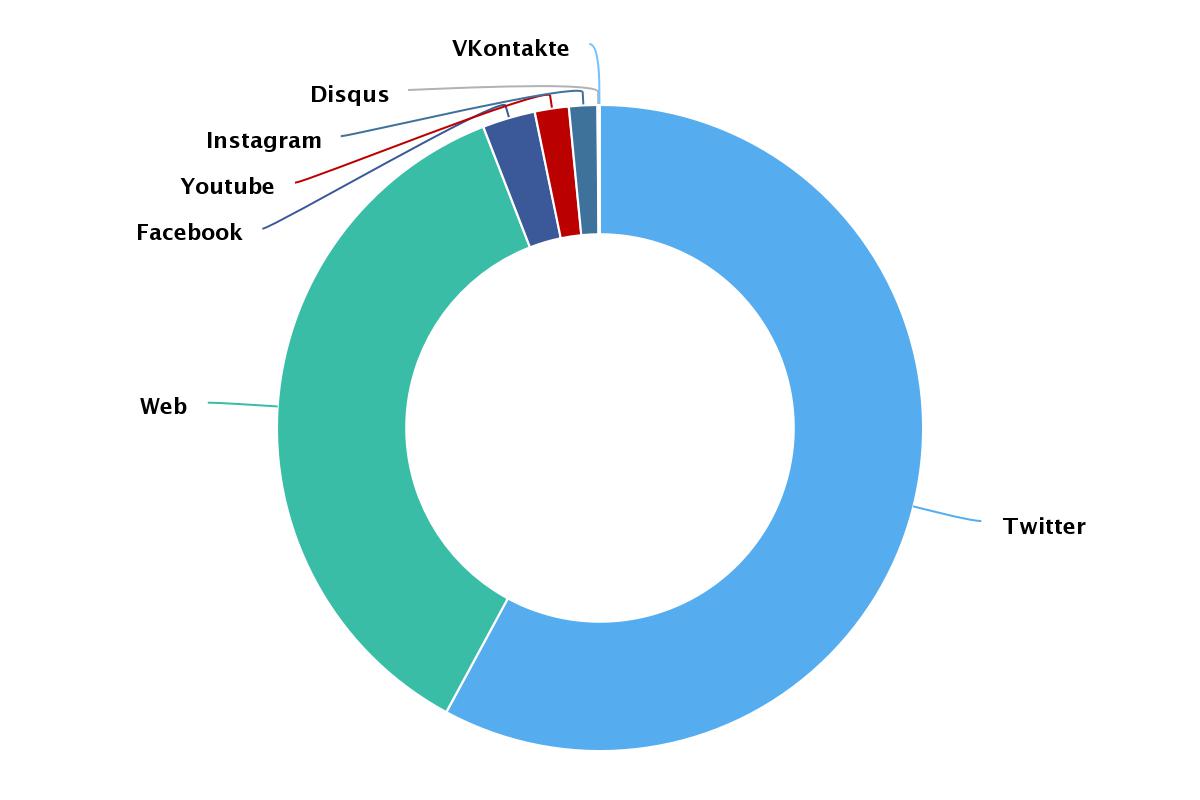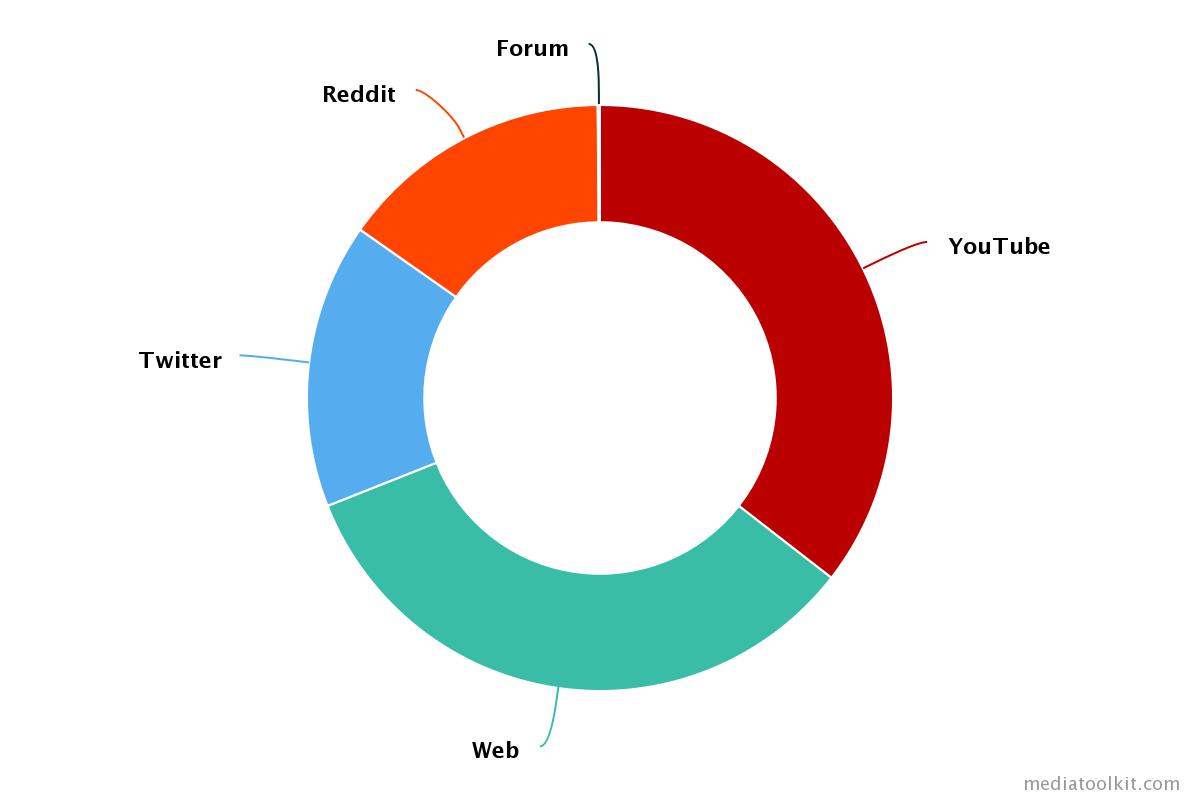In a world with thousands of fashion brands, I think we can all agree that Victoria’s Secret is a brand that probably everybody knows about. So, if the crisis hits, it hits hard. Victoria’s Secret has been struggling in recent years and therefore, suffered some damages to its reputation.
In this article, I will analyze Victoria’s Secret sentiment on social media and the web from November to December of 2018 using online monitoring tool Determ.
But first, lets put things into a bit of context.
Where it all began…
Even though the brand was criticized a lot for its lack of diversity, having models who are too skinny and for cultural appropriation, VS managed to have high ratings and sales. Until recent years that is.
The downfall started in 2016 when they decided to stop selling swimwear and apparel and has been consistent ever since.
One of the major problems for Victoria’s Secret is its competitors, such as American Eagle’s Aerie brand. They are much more affordable than VS, and on top of that, their campaigns don’t cause public outrage. #AerieREAL campaign with unretouched models and ordinary people got praises and was widely excepted. VS, on the other hand, just a couple of years earlier had a campaign called The Perfect Body which was only showing skinny and tall models. After the backlash, they have changed the name to A Body for Every Body (!?) with the same picture. Unfortunately, we couldn’t compare mentions and sentiments between those two campaigns because they were published a few years apart from each other.
The controversial comments
Speaking of everyday women, senior creative at Victoria’s Secret Ed Razek didn’t really help the brand with his latest comments in the Vogue interview about not including plus-size and transgender models.
He said: “Shouldn’t you have transsexuals in the show? No. No, I don’t think we should. Well, why not? Because the show is a fantasy. It’s a 42-minute entertainment special. That’s what it is.”
To be fair, he did apologize and clarified his comments in the statement published on the Victoria’s Secret official Twitter profile.
The backlash
The public reacted to Razek’s comments wildly. If you look at Chart 1. you will notice a significant spike in online mentions of Razek after his interview was published. After the initial spike, there was a decrease in mentions for over a week or two. But after the show aired on December 2nd it reignited the conversation.
Chart 1. Mentions over time (Topic: Ed Razek)

As expected, people weren’t too happy about Razeks comments. The sentiment analysis shows that there was an overpowering number of negative mentions, to be precise 95.9% of them. This was analyzed manually on the representative sample.
Chart 2. Sentiment analysis (Topic: Ed Razek)

The power of a tweet
Leading social media platform on which people were discussing this situation was Twitter (59.4%). Twitter users immediately attacked Razek disagreeing with his idea of “fantasy”. One of the most liked tweets was by transgender influencer Nikita Dragun. On her Twitter profile, she wrote:
Her tweet got over 17,000 likes and over 1700 retweets. Here we can see the perfect example of the avalanche that social media can create in a matter of minutes and the damage it can cause to the brand reputation. Lack of real-time monitoring and deafness to the currently prevailing values can only make it worse. It wouldn’t be bad to teach employees that they are the brand’s voice as well and that the social media treats them as such. Something that a senior exec should probably know by now.
The web was the second source of mentions with 34.8%. Both social and traditional media were following the story (UK’s DailyMail being the top one) and therefore helping to prolong the effect of Razeks controversial claims. All that led to the actual protests being organized in front of VS stores.
Chart 3. Sources (Topic: Ed Razek)

And then there’s ThirdLove
Another hit came when Heidi Zak, the founder of another competitor brand ThirdLove, posted an open letter to Victoria Secret in which she criticized Razek’s comments.
She stated: “I founded ThirdLove five years ago because it was time to create a better option. ThirdLove is the antithesis of Victoria’s Secret. We believe the future is building a brand for every woman, regardless of her shape, size, age, ethnicity, gender identity, or sexual orientation. This shouldn’t be seen as groundbreaking, it should be the norm.”
The problems didn’t stop with Razek though. In the same week that Razek caused a stir, VS CEO Jan Singer quit after only two years because of before mentioned drops in sales. Singers departure caused 5962.5% spike in the number of mentions and two main sources were web (56.9%) and Twitter (33.8%).
Also, it was reported that this year show broadcast on ABC had the lowest ratings since its beginning in 1995.
What does all of that mean for the brand?
Here comes the interesting part. The analysis shows that despite the drop in sales and show ratings, controversies and tough competitors Victoria’s Secret still has largely positive online sentiment. After the show aired a number of mentions spiked 50475%. 79.5% of mentions were positive, while only 12% were neutral and 8.5% negative. As you can see in Chart 4. Victoria’s Secret was mostly discussed on Twitter with overwhelmingly positive sentiment. Facebook had more than a half mentions less than Twitter and a little bit more of negative sentiment. It appears that this crisis wasn’t enough to distance the hardcore VS fans from the brand, but what will happen when the next social media crisis emerge?
Chart 4. Sentiment ratio by channel (Topic: Victoria’s Secret)

Here’s the simplest explanation for the obvious discrepancy between real-life and online sentiment. Online, people are mostly admiring the models and the spectacle that is the show itself. For some, it is an annual tradition to watch the show. That is the reason for overwhelmingly positive sentiment. But, on the other hand, that does not mean that the admiration will necessarily translate into them buying the products. Especially if the admirers do not fit into the “fantasy” that the brand promotes. It appears that the new generation of consumers thinks differently and values brands who promote inclusivity, diversity and mutual respect. This is the important gap that VS needs to close in order to remain relevant – follow the ever-changing consumer needs and adjust their business model accordingly.
And what better insight into people minds there is than the almighty internet?
Here’s where media monitoring tools like Determ prove to be extremely useful. You can follow consumers reactions and thoughts about your brand (and competitors) in real-time which allows you to get to know your consumers better and therefore make better business decisions in the long run. Also, you can easily find out if there’s a potential problem in the making and react to it before it spreads any further and damages your brand even more.
The power of social media is that it can make a brand or break it. These days any message can go viral and damage your reputation. Building a brand reputation is a difficult and long-lasting process so why let it be damaged by something that can easily be preventable if you have the right tools to do so?